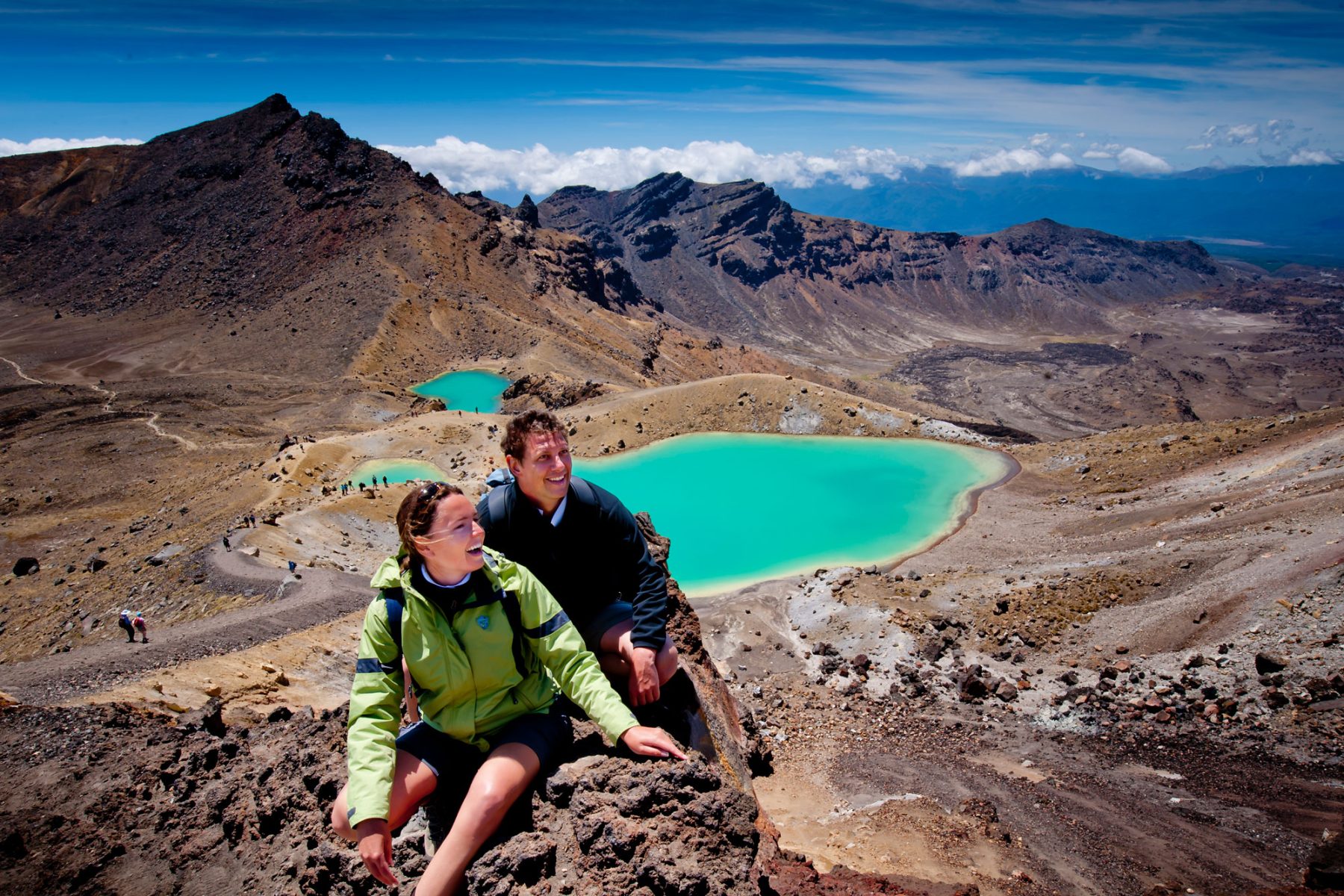
March
Where to go in March
Where to go in March
March marks the change in seasons. In the far north this means the days are drawing out and temperatures are rising, but there’s still snow around for winter activities. The spring equinox also falls in March – a time of equal night and day and a period that the aurora borealis seems to love. On the other side of the world, it’s the start of autumn and a great time to take a hike in New Zealand.
Aurora activity peaks around spring equinox
The science is complicated, but the evidence (based on research by NASA) is compelling: there are generally periods of high geomagnetic activity in the weeks around the spring equinox – up to twice as many geomagnetic storms – which often lead to brighter, stronger displays of the northern lights. The tilt of the earth during the equinoxes means that the earth’s geomagnetic field aligns with approaching solar winds, ‘encouraging’ solar particles to enter our atmosphere and trigger the reactions that create the lights of the aurora borealis. Anywhere within the so-called Auroral Oval is a good place to head to witness the phenomenon. Prime locations include Abisko National Park in Swedish Lapland (renowned for its cloud-free skies) and wilderness lodges far from artificial light pollution, such as Hotel Ranga and Hotel Husafell (Iceland), Brandon Lodge (Sweden), Malangen Resort (Norway) and Nellim (Finland).
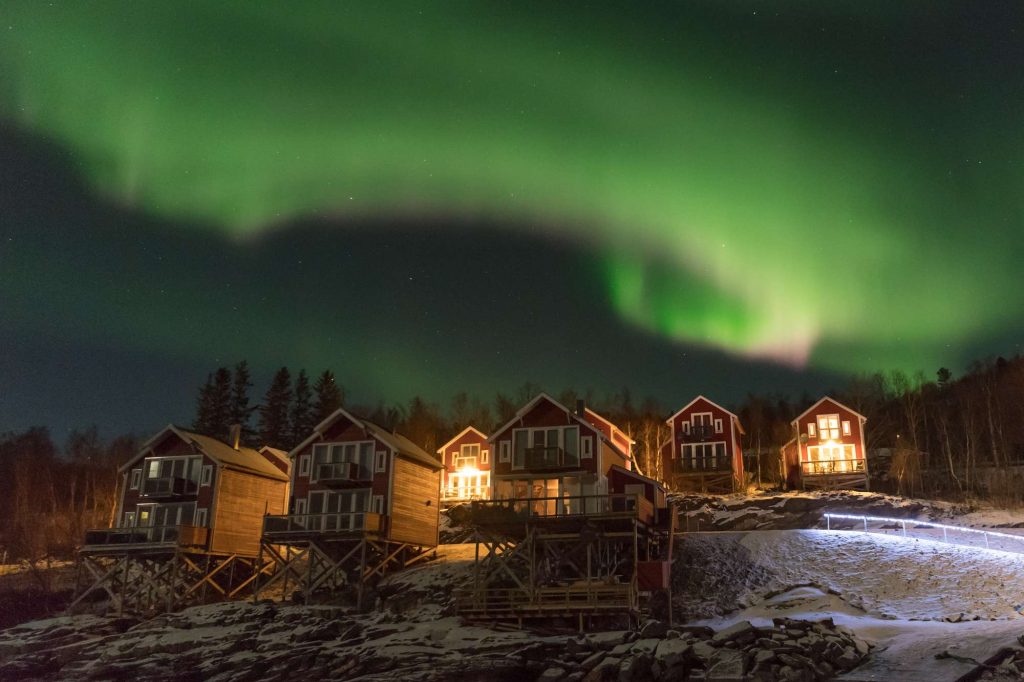

Husky sledding in Lapland
Late winter is a rewarding time to visit Lapland – large swathes of forest are bowed under the weight of snow; the lakes are still frozen and the northern lights continue to dance across the night skies. But the days are getting longer and milder in March, which means ideal conditions for winter activities like husky sledding. There are numerous options available, from short taster sessions to half- or full-day outings and even multi-day mushing expeditions. You can learn to harness and drive your own team of dogs, or relax in the sled and let your guide take control. Husky sledding, of course, is just one of many activities available at this time of year – snowmobiling, snowshoeing and cross-country skiing are also widely available, while some lodges and hotels offer more unusual excursions such as hot air balloon flights and hovercraft rides.
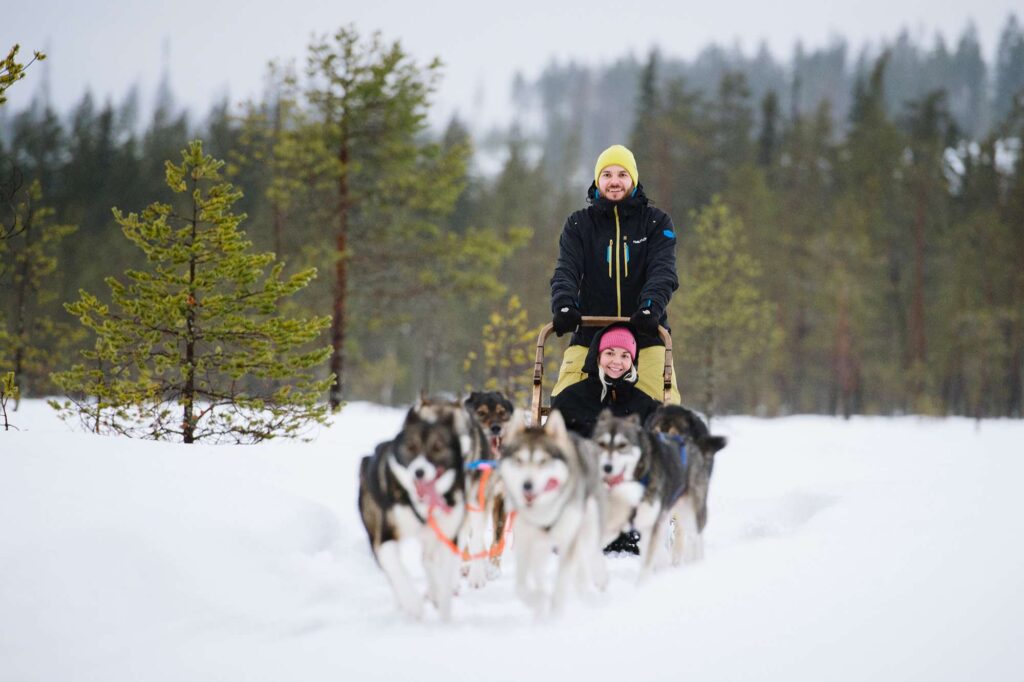

Prime time for hiking in New Zealand
As summer slips into autumn, the shoulder month of March is a rewarding time for hiking some of New Zealand’s iconic trails. It’s cooler, quieter and less crowded than mid-summer, and the burnished shades of autumn (from now until May) will form a stunning backdrop to your walks. A collection of 10 of the most scenic multi-day hikes, the Great Walks of New Zealand include the Tongariro Northern Circuit (four days encircling the volcano of Mount Ngauruhoe), the five-day Abel Tasman Track (exploring beautiful beaches and dense forest), the Heaphy Track (following an ancient Maori Trail along South Island’s West Coast), the three-day Routeburn Track (delving into the peaks and valleys of Mount Aspiring National Park) and – perhaps most famous of all – the Milford Track, a four-day wilderness hike in Fiordland.
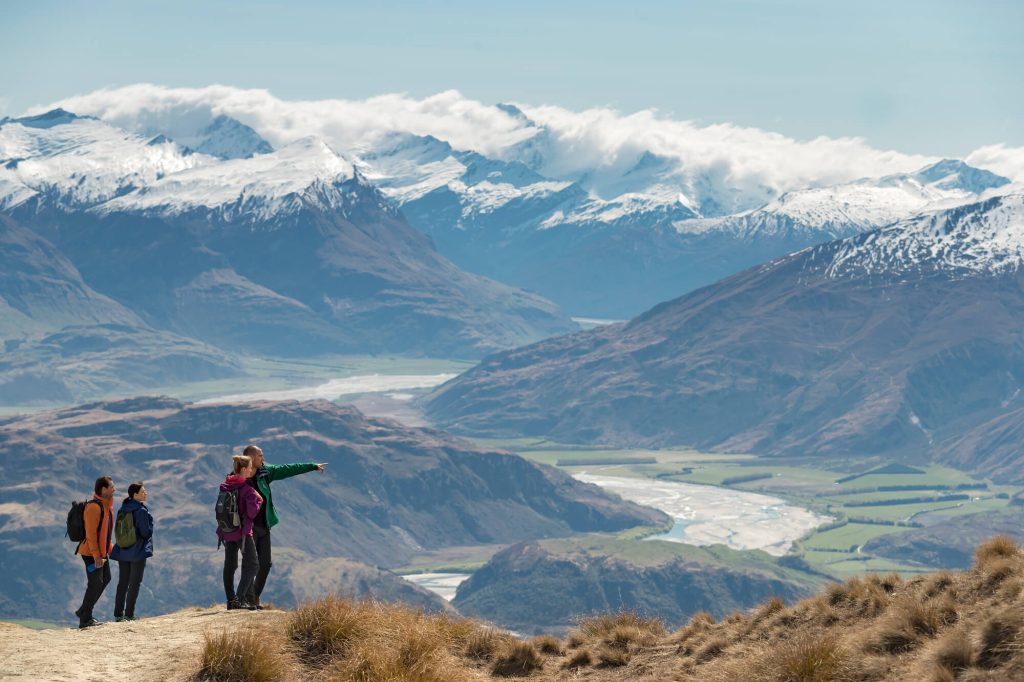

Ice Harvest Festival at the Icehotel
Early each spring, blocks of solid ice, each weighing around two tonnes, are cut and lifted from the frozen River Torne in Swedish Lapland before being stored in an ‘ice barn’ ready to be used for future Icehotel creations. To celebrate the ‘new crop’, the Ice Harvest Festival (usually around early March) features a live sculpture show by one of the Icehotel’s legendary artists, an ice fishing contest, live music in a lavvu tipi, a kicksled race and ice swimming workshop, plus a winter market place with local handicrafts, mulled wine and Torne lager tasting. Younger guests can try their hand at ice fishing and snowman building as well as meet the friendly sled dogs.
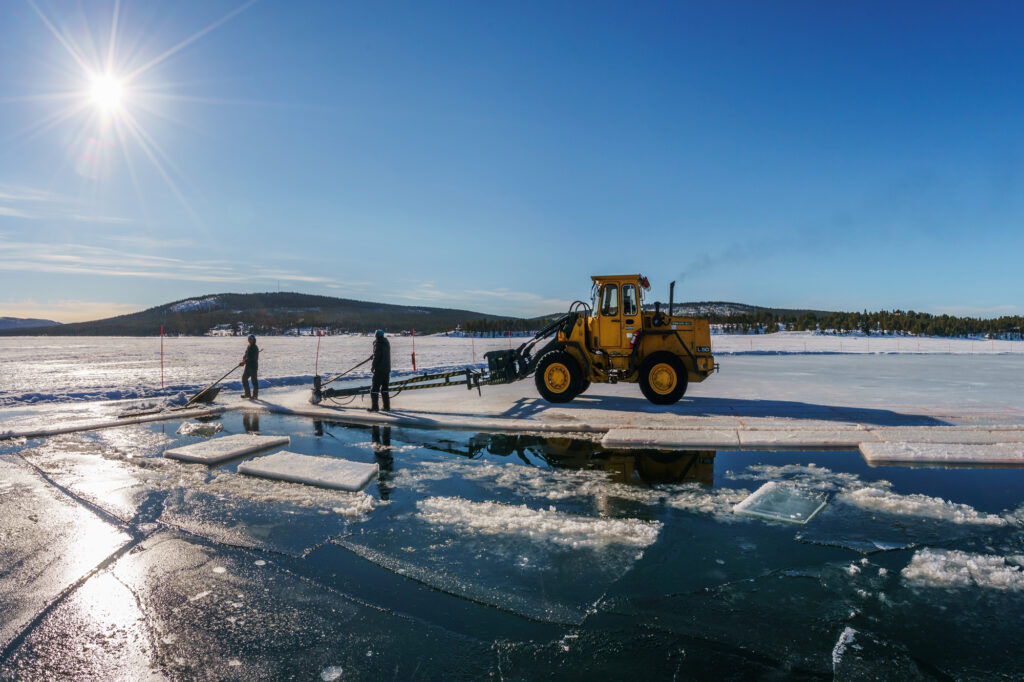

Orca watching in Iceland
Large pods of orca patrol the western shores of Iceland during February and early March in search of overwintering shoals of herring. Whale watching boat trips are available from coastal villages along the Snaefellsnes Peninsula, but you can also spot the killer whales from shore as they drive their prey into shallow bays. At this time of year, birdwatchers will also be captivated by the sight of huge rafts of wildfowl – such as eider and harlequin ducks – speckling Iceland’s fjords. Our Orcas and Aurora holidays combine the excitement of seeing orca and the northern lights in an expert-guided short break.
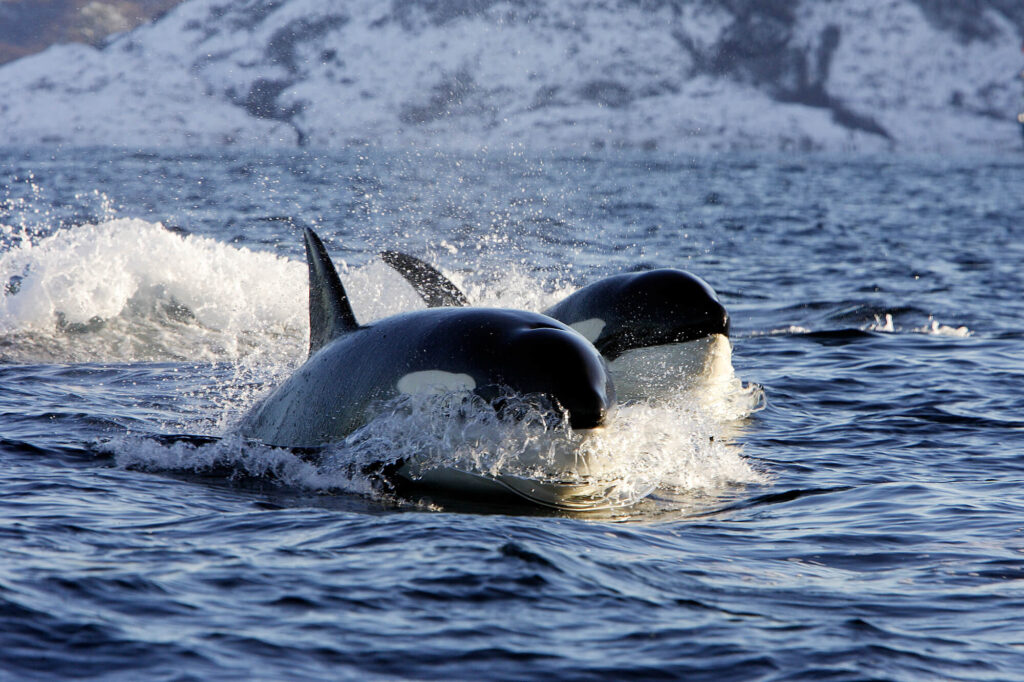
Join our newsletter to be the first to hear of new holidays and offers



 Instagram
Instagram
 Facebook
Facebook
 YouTube
YouTube